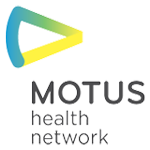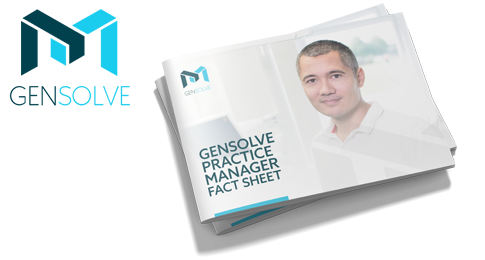A short time ago, the idea of a paperless office seemed like a new phase that, while being an environmentally friendly concept, would just come and go as most new fads do. Fast forward to now and it’s clear a paperless office is a ‘fad’ that didn’t just pass, and with good reason!
Many Allied Health practices are taking the step into running their practice on a cloud-based practice management solution, completely without the need for paper. While this may seem like a big step to take, and a daunting one at that, those who have taken the plunge rarely look back and wish for the old paper-based days.
For those who have yet to switch over and are particularly finding their paper-based system cluttered and costly, we’ve put together five of the biggest benefits in switching to a paperless practice to help with the decision.
Cost Savings
The act of switching to a paperless practice brings with it significant savings on costs as processes are more streamlined, and equipment and storage are not required in the same capacity as before.
The time spent by staff physically filing, retrieving, searching for, archiving, and replacing superseded forms is virtually non-existent in a paperless office. Electronic notes on patient files, simultaneously updated across practice account logins on a real-time basis, remove the need for the printing and reprinting of documents for files.
In turn, this not only saves costs on time locating files within filing cabinets and other storage spaces, but a paperless practice also negates the need to spend time and money sourcing secure storage spaces to keep files in. Cloud-based practice management software completely removes the need for servers and the costs associated with running the business off them as well. The return of investment in the low cost of running a cloud-based system is significantly larger, and almost immediately present, than in the costs involved in sourcing storage spaces and running a server.
This is all before mentioning the money to be saved on paper, toner, ink, and photocopier maintenance costs when it is less depended on within a paperless practice. When documents are stored electronically and accessed from one place, printing becomes less necessary for records and often even obsolete.
Documents are safer
Files are less likely to be lost or so easily damaged in a paperless office, than when storing physical files. Paper is naturally more easily damaged when at risk of events like fire, flood or misfiling, where through simple search functions, files stored on a cloud-based practice management system are more easily recovered than paper-based files. Such are the benefits of a system that is reliably backed up by the cloud.
Cloud-based practice management software has almost 100 per cent guarantee of security to files and a safe and reliable back up system. Login and password access for practitioners also ensures patient and practice data is much less vulnerable, while audit trails of who edits what in files also ensures staff accountability.
Improved customer service
Paperless practices enjoy the benefits of a quicker response to clients, with accurate information more readily available. In a paperless office, you can locate files you need quickly and easily without the need to put patients on hold when on the phone, or make them wait for unnecessary amounts of time while you search. Staff have immediate access to patient files on the cloud, allowing for efficient response and customer service.
Less email strain
When you use a cloud-based practice management software to run your paperless practice, electronic files are accessible from various logins, rendering the practice of emailing multiple versions of files between staff obsolete. This also allows staff to more easily see important emails, and leave the file swapping via email behind.
High ROI
The return on investment of moving to a paperless practice is large and arguably more measurable. The improvement of workflow effectively redefines staff roles to be more productive instead of spending time focusing on filing functions that would be rendered unnecessary in the changeover. This measurable return on investment is directly evident in the increased output of work experience once a paperless practice is implemented.
These points should make the choice decidedly less daunting for practices considering a changeover to a paperless practice. If you’d like more information on changing to a cloud-based practice management software and get your practice paperless, contact Gensolve for a free demonstration.
















